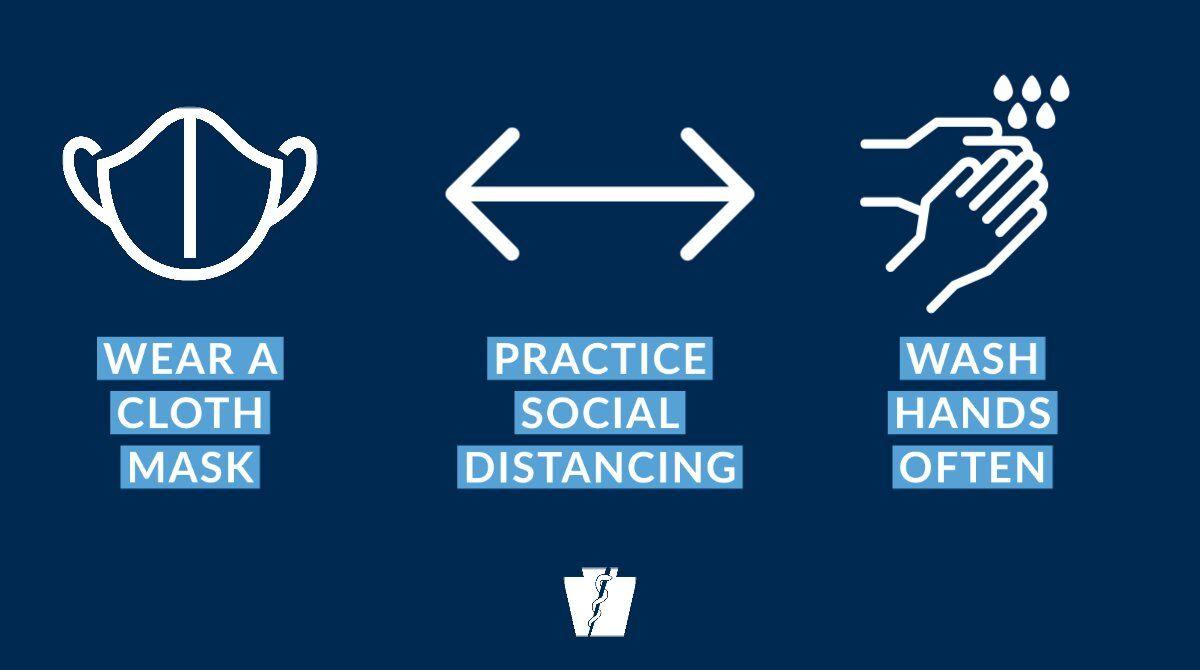As we bid farewell – or, perhaps good riddance to 2020 – here are our top patient safety posts for 2020.
2020 was definitely a COVID-19 year! 4 out of 5 of our posts for 2020 were about COVID-19, and one of these COVID posts was submitted to us by a doctor from Alaska.
#1 Patient Safety Post in 2020 – Free Patient-to-Nurse Chat Line
On April 23, 2020, PPAHS launched a free virtual clinic and website, Virtual Patient Care, in response to the COVID-19 crisis, to meet the pressing needs of patients with atrial fibrillation (Afib), who are at the highest level of risk from stroke, and to help Afib patients cope with the difficulties imposed by COVID-19.

“Under current COVID-19 conditions, patients face the burdens of social distancing and increased difficulty in reaching clinicians busy with emergencies. Telehealth has proven essential in addressing patients’ pressing health needs and ensuring good patient-to-clinician dialogue,” said Michael Wong, JD, Founder and Executive Director of the Physician-Patient Alliance for Health & Safety.
The goal of Virtual Patient Care, conceived of and managed by the PPAHS in response to the COVID-19 crisis, is to foster an adherence rate greater than the reported 50% for patients at the highest ranges of stroke risk. The free telehealth service is supported by an unrestricted grant from the BMS-Pfizer Alliance, as well as the efforts, involvement, and/or resources of the American Heart Association, the Anticoagulation Forum, Heart Rhythm Society, StopAfib.org, Mended Hearts, and Preventive Cardiovascular Nurses Association.
To read the post, please click here.
#2 Patient Safety Post in 2020 – How Chiropractors Can Ensure Patient’s Safety Amid the COVID-19 Pandemic
As chiropractic clinics start to open back up, many patients might feel a bit hesitant to make an appointment. How will the clinic protect them? What steps are chiropractors using to keep things safe?

In this guest post, Dr. Brent Wells, DC discusses what chiropractic clinics and patients should do as clinics begin to open up after COVID-19.
#3 Patient Safety Post in 2020 – 3 Myths about Wearing Masks
Many inaccuracies and false statements about COVID-19 have circulated on social media, but perhaps amongst all of these inaccuracies and false statements, none has been more damaging to health and safety than about wearing masks. In this post, we discuss 3 myths about wearing masks.

#4 Patient Safety Post in 2020 – Black Lives Matter, Healthcare Inequalities, and the Need for Systemic Change
As 2020 comes to an end, there have been 81,475,053 confirmed cases of COVID-19, including 1,798,050 deaths, according to the WHO. In the United States, there have been 19,346,790 confirmed cases of COVID-19 with 335,789 deaths.
While these WHO statistics are mind-numbing, what they don’t show is that the COVID pandemic has disproportionately affected some American communities more than others.

According to Dr. Anthony Fauci (as reported by CNBC), state-level data demonstrate that black people are disproportionately dying from COVID-19:
- In Michigan, black people makeup 14% of the state’s population, but account for 41% of coronavirus deaths, according to data released by Michigan’s government.
- In Illinois, black people makeup 14% of the population, but account for 32.5% of coronavirus deaths, according to the state’s Department of Public Health.
- In Louisiana, where black people make up about 33% of the population, Gov. John Bel Edwards said in early April they account for more than 70% of the state’s coronavirus deaths, with the majority of these fatalities taking place in New Orleans.
- In New York City, black and Latino people are twice as likely to die from the virus than their white peers, according to data by the local government.
We must act NOW to:
- Actively be anti-racist.
- Recognize that racism tears at the fabric of our society and therefore is a societal issue that has a profound impact on ALL communities and aspects of life.
- Identify and call out racism, whether that it exists in ourselves, our neighbors, or in our leaders.
- Listen and amplify black voices, like the Association of Black Cardiologists and the National Black Nurses Association.
To read the post, please click here.
To read the Physician-Patient Alliance for Health & Safety position statement, “Black Lives Matter, Healthcare Inequalities, and the Need for Systemic Change,” please click here.
#5 Patient Safety Post in 2020 – Survey Finds Clinicians Want Safer Ways to Test Lung Function
To help better understand how the COVID-19 pandemic has affected medical practices and patient safety, the Physician-Patient Alliance for Health & Safety conducted a survey about whether clinicians are performing lung function tests during COVID-19 and what improvements to such testing they would like to have.

To read the blog post, please click here.
To read our report about the survey results, please click here.








